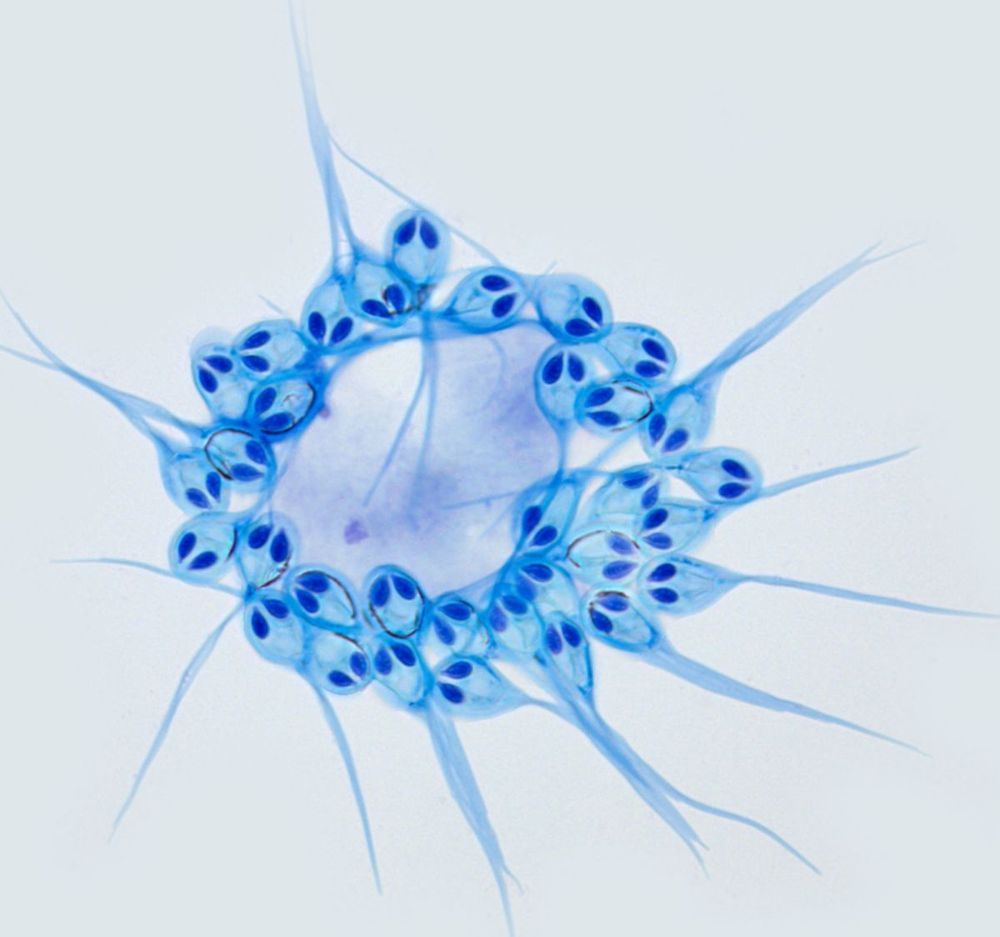Heart failure is when the heart no longer functions properly and cannot pump enough blood throughout the body. Here’s how to know if you’re at risk.


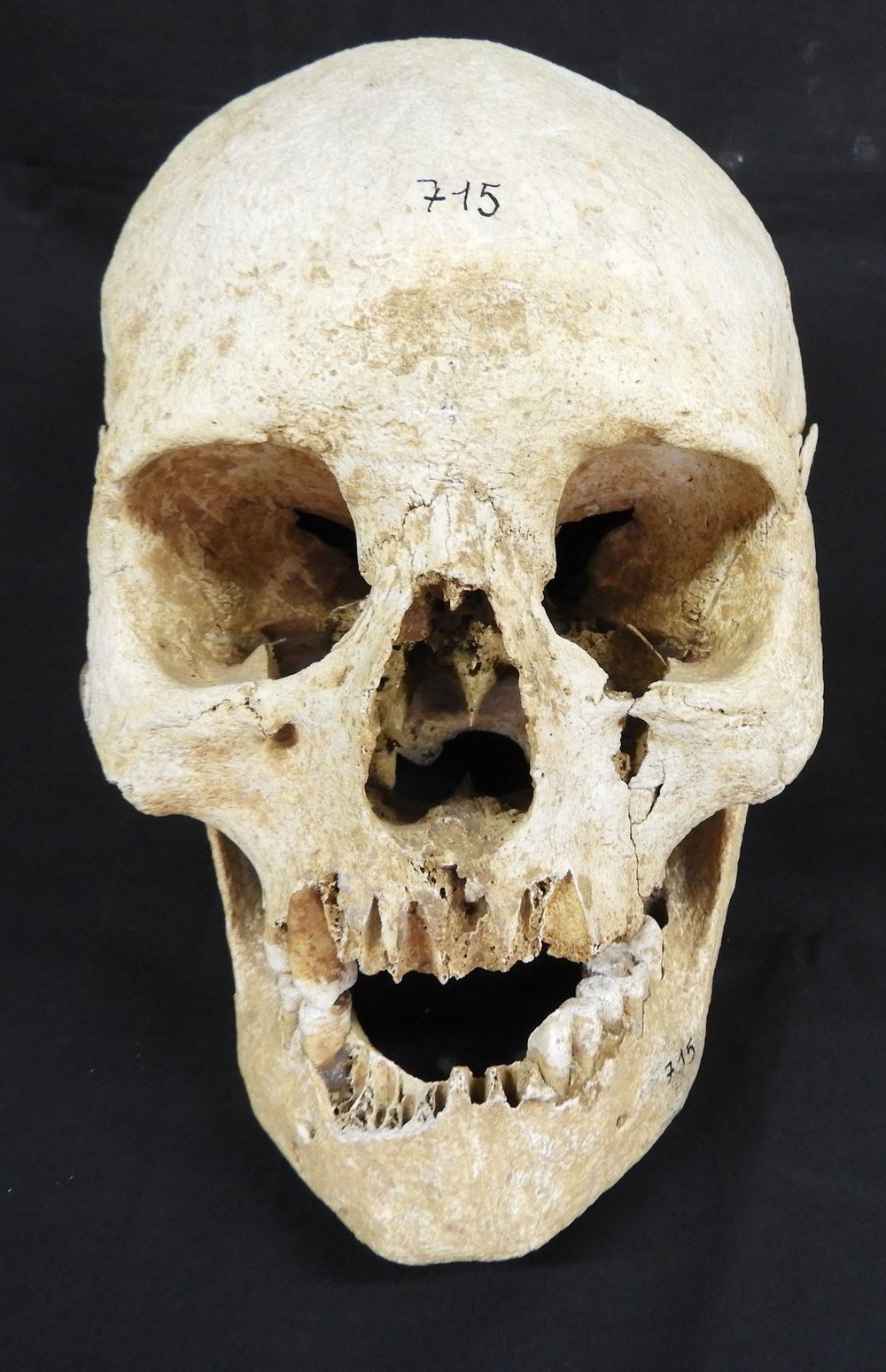
The Neolithic revolution, and the corresponding transition to agricultural and pastoralist lifestyles, represents one of the greatest cultural shifts in human history, and it has long been hypothesized that this might have also provided the opportunity for the emergence of human-adapted diseases. A new study published in Nature Ecology & Evolution led by Felix M. Key, Alexander Herbig, and Johannes Krause of the Max Planck Institute for the Science of Human History studied human remains excavated across Western Eurasia and reconstructed eight ancient Salmonella enterica genomes—all part of a related group within the much larger diversity of modern S. enterica. These results illuminate what was likely a serious health concern in the past and reveal how this bacterial pathogen evolved over a period of 6,500 years.
Searching for ancient pathogens
Most pathogens do not cause any lasting impact on the skeleton, which can make identifying affected archaeological remains difficult for scientists. In order to identify past diseases and reconstruct their histories, researchers have turned to genetic techniques. Using a newly developed bacterial screening pipeline called HOPS, Key and colleagues were able to overcome many of the challenges of finding ancient pathogens in metagenomics data.
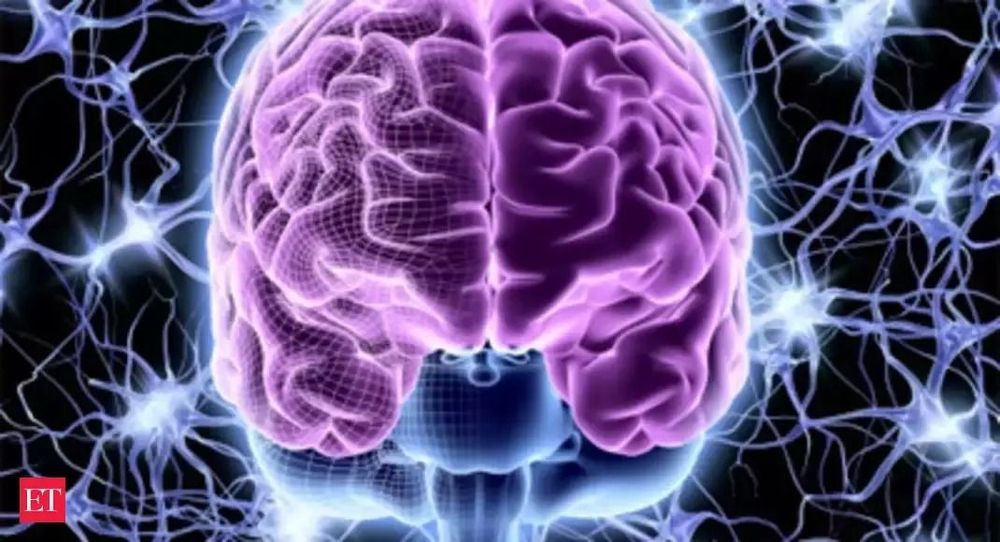
WASHINGTON: Scientists have found that people who have a variant of a longevity gene have improved brain skills such as thinking, learning and memory. Researchers found that increasing levels of the gene, called KLOTHO, in mice made them smarter, possibly by increasing the strength of connections between nerve cells in the brain.
“This could be a major step toward helping millions around the world who are suffering from Alzheimer’s disease and other dementias,” said Dena Dubal, an assistant professor of neurology, the David A Coulter Endowed Chair in Aging and Neurodegeneration at the University of California San Francisco (UCSF) and the lead author of the study published in Cell Reports. “If we could boost the brain’s ability to function, we may be able to counter dementias,” Dubal said.
People who have one copy of a variant, or form, of the KLOTHO gene, called KL-VS, tend to live longer and have lower chances of suffering a stroke whereas people who have two copies may live shorter lives and have a higher risk of stroke. In the study, researchers found that people who had one copy of the KL-VS variant performed better on a battery of cognitive tests than subjects who did not have it, regardless of age, sex or the presence of the apolipoprotein 4 gene, the main genetic risk factor for Alzheimer’s disease.


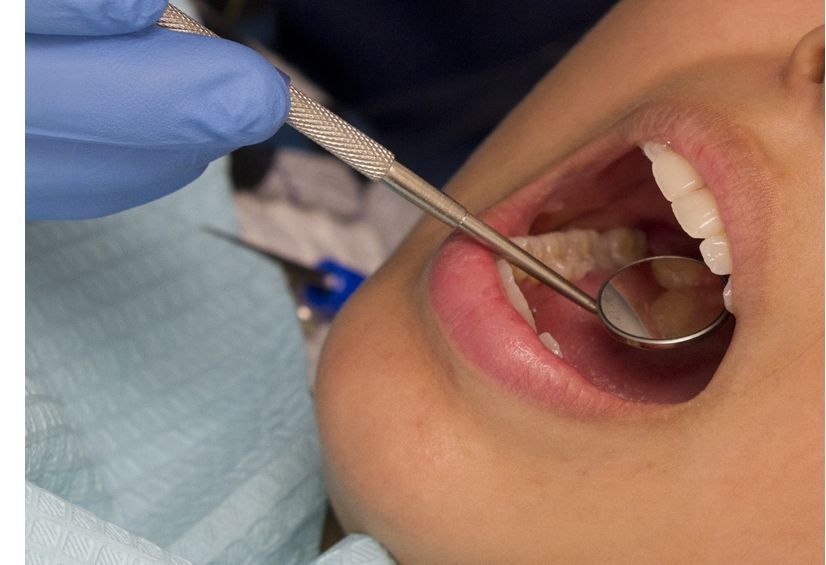
Atherosclerosis progresses is driven by chronic inflammation, the more sources of low-grade, smoldering inflammation, the faster atherosclerosis could develop. Gum disease is one such source of inflammation and is associated with a higher incidence of strokes.
Patients with gum disease were three times as likely to have a stroke involving blood vessels in the back of the brain, which controls vision, coordination and other vital bodily functions; and.
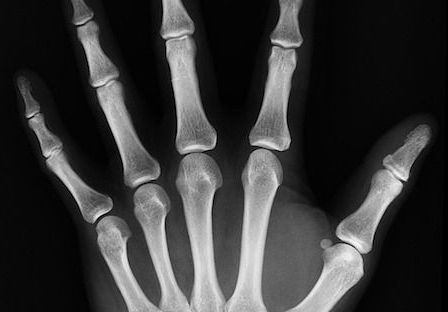


French health officials declared an end to the country’s COVID-19 outbreak on Monday.
France had confirmed 12 cases of the coronavirus since it first reached the country on January 24. Unfortunately, one of those patients died from their infection. But the French-language news outlet Le Parisien reports that the remaining 11 have all made complete recoveries — meaning there are no longer any COVID-19 cases in any French hospital.
There are “no longer any hospitalized patients in France,” said Health Minister Olivier Véran, in French. “The last one is cured and is no longer contagious.”
